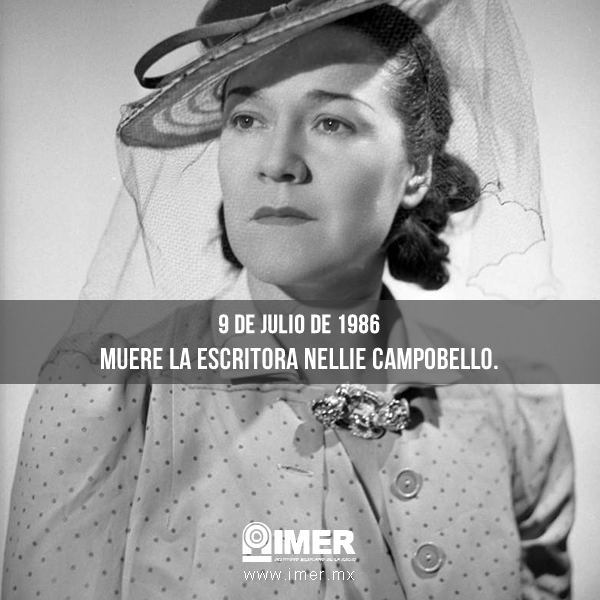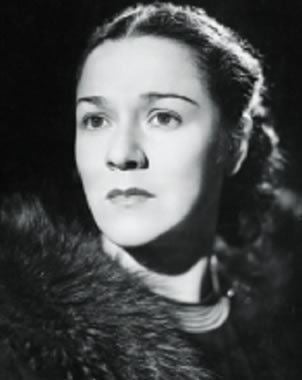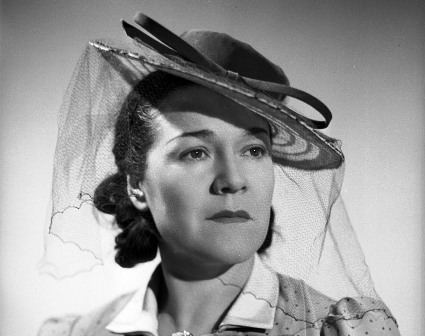Nationality Mexican Name Nellie Campobello Children 1 son (1919–1921) | Genre novels, poetry Role Writer | |
 | ||
Born Maria Francisca Moya LunaNovember 7, 1900Ocampo, Durango ( 1900-11-07 ) Pen name Nellie Francisca Ernestina Campobello Luna Occupation writer, dancer, choreographer Died July 9, 1986, Progreso, Mexico Books Cartucho, Cartucho ; And, My Mother's Hands | ||
Clip re nellie campobello
Nellie (or Nelly) Francisca Ernestina Campobello Luna (November 7, 1900 – July 9, 1986) was a Mexican writer. She is notable for having written one of the few chronicles of the Mexican Revolution from a woman's perspective: Cartucho, a book that chronicles her experience as a young girl in Northern Mexico at the height of the struggle between forces loyal to Pancho Villa and those who followed Venustiano Carranza. She moved to Mexico City in 1923, where she spent the rest of her life and associated with many of the most famous Mexican intellectuals and artists of the epoch. Like her half-sister Gloria, a well-known ballet dancer, she was also known as an enthusiastic dancer and choreographer; she was the director the Mexican National School of Dance.
Contents

Nellie campobello
Biography

Campobello was born María Francisca Moya Luna in Villa Ocampo, Durango to Jesús Felipe Moya Luna and Rafaela Luna. She was born in 1900, though she would later sometimes say that she was born in 1909, 1912, or 1913. She spent her childhood in Parral, Chihuahua and her youth in the city of Chihuahua, where she attended the Inglesa de la Colonia Rosales college. After her father was killed in the Battle of Ojinaga in 1914, her mother remarried the physician Stephen Campbell from Boston, whose last name the children assumed, and which Nellie altered to Campobello. In 1921, her mother died.

In 1923, after the Mexican Revolution, she came to Mexico City, where she, and her sister Gloria, studied dance. She was later (from 1937) director of the national school of dance at the Instituto Nacional de Bellas Artes. In 1942, along with Gloria, as well as the writer Martín Luis Guzmán, and the painter José Clemente Orozco, she founded the Mexico City Ballet.
In 1985 Campobello suddenly disappeared, along with her belongings including paintings by Orozco and Diego Rivera. In 1998, the Commission of Human Rights of the Federal District ruled that Nellie had died on July 9, 1986, and that she was buried in a nameless grave at the Progreso de Obregón Cemetery of Hidalgo. Apparently she had been kidnapped by Claudio Fuentes Figueroa or Claudio Niño Cienfuentes and his spouse Maria Cristina Belmont. Her corpse was transferred to Durango in 1999. As the critic Tabea Linhard puts it, "the tragic end of Campobello's life seems to echo a story the author herself may have written."
She was never married, but had several affairs. In 1919 she had a son, José Raúl Moya, who died two years later. Allegedly, the father was Alfredo Chávez, later Governor of Chihuahua. Also Germán List Arzubide told that he fell in love with her.
She was one of the few women involved in the center of Mexico's intellectual groups and was also great friends with Federico García Lorca and Langston Hughes, who translated her poetry into English.
To this day, she is considered the only female Mexican writer to publish narrations (semi-autobiographical) about the Mexican Revolution of 1910-1920. This is why she is often referred to "La centaura del norte", the "Centaur of the North." Her Cartucho is considered a classic literary work of the Mexican Revolution, showing the Villistas in a favorable light at a time when most of the literature was criminalizing them.
